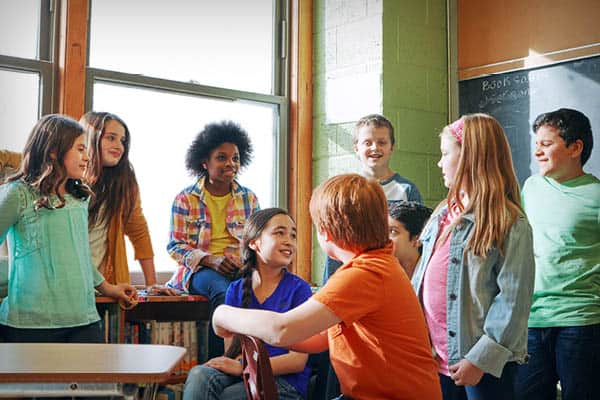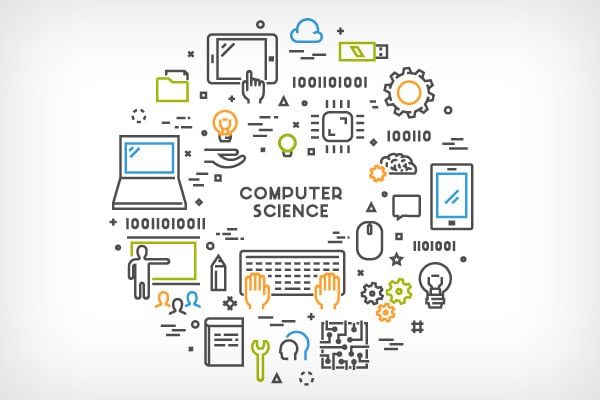Distraction in the classroom is not always a frustrating irritant, write Eliya Ahmad, a research assistant at the Education Collaboratory at Yale University, and Zi Jia Ng, a licensed child psychologist and certified school psychologist, in Education Week.
Distraction is an emotion-regulation strategy. It’s used to divert attention from an emotional situation. Distraction is harmful if used to escape an emotional situation but is beneficial if used to calm down before facing an emotional issue. You can tackle the negative aspects of distraction while still allowing students to benefit from its use.
Here’s how to use distraction to help students reenergize or refocus:
- If cellphones are not banned at your school, insert short breaks during the day where students can use their phones.
- Provide movement or social breaks for students to stretch or talk to friends.
- Provide students with a choice of calm or active distraction that matches their temperamental activity level to help them self- regulate. In grades 1-5, calm distraction might be coloring a simple mandala; active distraction could be a freeze dance. In grades 6-12, calm distraction could be meditative yoga or quiet me-time; active distraction might be a short walk down the hallway or a brief chat with peers.
- Students in any grade can put motivational or self-affirmation quotes on their notebooks to look at throughout the day.
- Use distraction strategically to motivate and energize students. It must be used with purpose. Distraction is counterproductive in the long run when there is no intent to engage with situations that prompt negative emotions in the future.
- Understand how distraction functions as an emotion-regulation strategy. Help students notice if they are using distraction in a positive or negative manner. When students appear distracted, have them explore and identify their emotions using a mood meter, a visual aid that gives students the vocabulary to articulate how they’re feeling.
- Ask students what emotions they feel and what they are trying to distract themselves from. This may include feeling frustrated, bored, or fatigued with a task; feeling anxious about a quiz or an assignment, or feeling stressed about conflict with others.
- Once you understand their state of mind, prompt students to consider whether distraction is helping them in the long term. Is the distraction providing relief in the moment or encouraging them to put off solving the problem?
- If students do not have a plan to reengage with whatever it was that prompted them to seek out a distraction, support them in tackling it head on. This can include setting a timer for their distraction activity or using other emotion-regulation strategies, like problem-solving, reframing, or support-seeking.
Cellphone bans probably will reduce distraction from learning, given the addictiveness of social media. Yes, cellphones are a tool for distraction. But a cellphone ban may not be a panacea. Students become distracted for a variety of reasons. The key is to understand your students’ emotions underlying their distraction and use positive strategies when appropriate to help them feel and do better in classrooms.
Education Week





